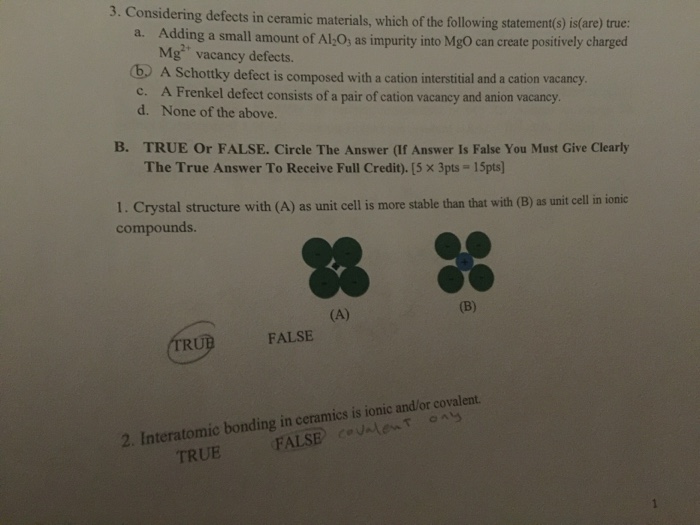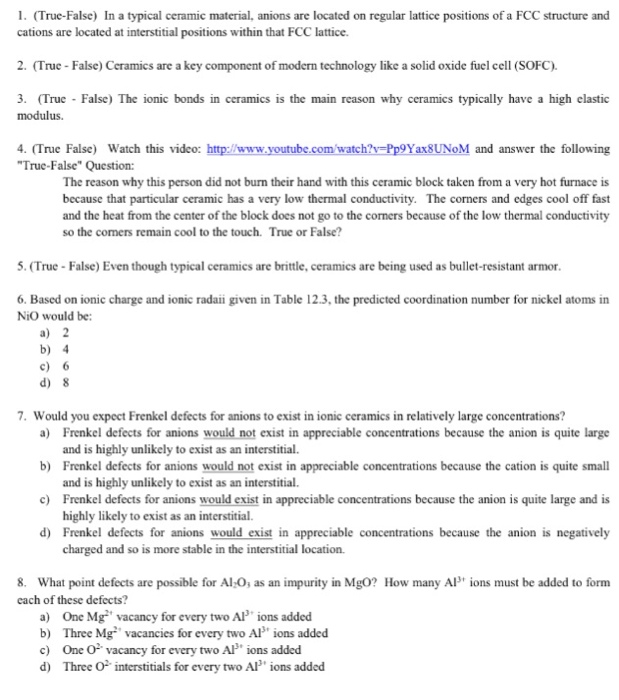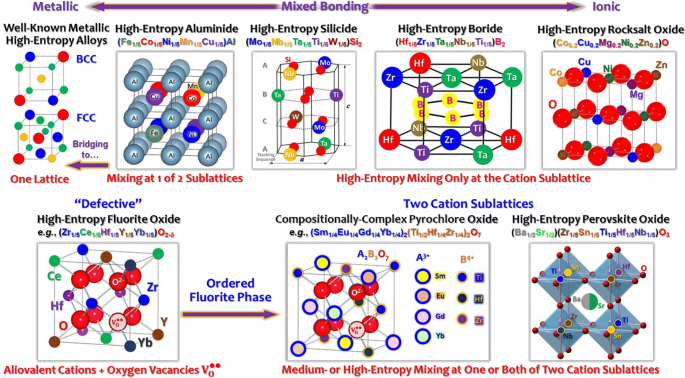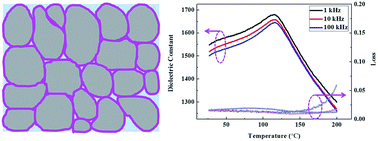Ceramic Defect 2 Vacancie

Schottky defect occurs when oppositely charged atoms cation and anion leave their corresponding lattice sites and create a pair of vacancy defects.
Ceramic defect 2 vacancie. B site vacancies introduce cation disorder in the perovskite lattice and are in fact one of the main driving forces for relaxor behaviour in barium titanate batio 3 bt based ferroelectrics. Defects in particular vacancies play a crucial role in substituted perovskite systems influencing the structural features that underpin ferroelectricity. 2 ceramic crystal structures. However density reduces because of the vacancies.
So one schottky defect leads to the formation of two vacancies. 22 point defects 2. The relevant imperfection determining the mechanical properties of ceramics are point defects or dislocations or both. The major point defects considered in the chapter are vacancies and interstitials which are responsible for some observed phenomena via diffusional exchange with atoms in their vicinity.
Schottky defect occurs when oppositely charged atoms cation and anion leave their corresponding lattice sites and create a pair of vacancy defects. There is a shift for b 1g e g and a 1g modes of the tio 2 x ceramics which may be related to lattice deformation caused by oxygen vacancies and ti 3 defects. The peak around 234 cm 1 could be associated with the multi phonon mode of the second order raman scattering in rutile structure 22. Since both cation and anion leave the lattice sites at the same time so overall electrical neutrality of the crystal is maintained.
However such oxygen vacancies are part of the defect complexes 58 acting differently than the free vacancies. Vacancies and in al2o3 the schottky defect is a quintuplet. Comparison of the total energy differences with respect to the m phase introduced by an oxygen vacancy and a substitutional silicon in hfo 2 for 6 25 f u doping or vacancy concentration 23.







